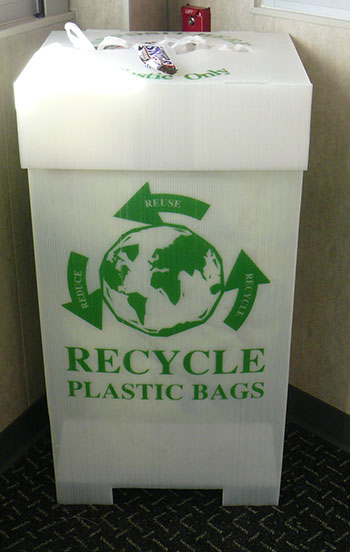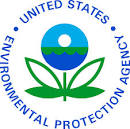What Are Current Recycling Numbers for Single Use Plastic Bags? You Might Be Surprised

Plastic Bag Recycling Rates Are on The Rise But Much More Work Needs to Be Done
Single Use Plastic Bag Recycling Numbers Are on The Rise But Are Still a Fraction of Bags Used
Largely due to increased outreach and education programs, recycling numbers for single use plastic bags are minuscule but thankfully they are on the rise. However, there is still a long way to go and an awful lot of work to be done to get these numbers to a point where they will actually make a dent in the single use plastic bags that wreak havoc on our planet and food chain.
There are a lot of facts and figures available and while some areas have very high recycling numbers, other areas are not as successful. The recycling numbers we are analyzing are the national average as calculated by the EPA. While the EPA tracks recycling numbers, they did not start tracking the category of single-use plastic bags (which they identify as plastic bags, sacks and wraps) until 2005, so there is not a lot of historical data to reference and read on to learn more about the current recycling numbers for single-use plastic bags.
Slow and Steady Climb of Recycling Rates But Is It a Solution?
According to the EPA, the recycling numbers of single-use plastic bags was at 9.4 percent in 2009. In 2010 the recycling numbers increased to 11.5 percent and by 2012 the recycling numbers rose to 12 percent. While it’s nice to see the recycling numbers climb, 12 percent isn’t that high when you consider the hundreds of thousands of disposable plastic bags that are handed out each year. Doesn’t 12 percent seems more like a problem than a solution?
Deterrents to Recycling Disposable Plastic Bags
 Single-use plastic bags are difficult to recycle for a variety of reasons. Due to the lightweight construction you cannot simply toss these bags in a curbside recycling bin, because the wind would pick them up and carry them off and contribute to the litter problem. For this reason disposable plastic bags typically have to be brought to a recycling facility or dropped off at a specific location – many grocery stores have bins to accept single-use plastic bags for recycling. While some municipalities and stores make this information very clear to shoppers, such is not always the case.
Single-use plastic bags are difficult to recycle for a variety of reasons. Due to the lightweight construction you cannot simply toss these bags in a curbside recycling bin, because the wind would pick them up and carry them off and contribute to the litter problem. For this reason disposable plastic bags typically have to be brought to a recycling facility or dropped off at a specific location – many grocery stores have bins to accept single-use plastic bags for recycling. While some municipalities and stores make this information very clear to shoppers, such is not always the case.
To further complicate matters when it comes to recycling disposable plastic bags is that only specific recycling facilities can accommodate single-use plastic bags. The process is trying at best, because the bags have a tendency to get stuck in the machinery and the process routinely has to be shut down to clear blockages.
There are a lot of problems and issues with the process of recycling disposable plastic bags, but just because something is hard does not mean it is not worthwhile. There is a value to recycling single-use plastic bags that are already in circulation.
We Can Turn Things Around and Increase Recycling Rates
Recycling is the best method of dealing with the disposable plastic bags that are already in circulation. Plastic bags cause so much environmental harm and ending up as litter or in a landfill are dangerous to our shared planet and just plain irresponsible.
Animals can easily mistake plastic bags for food and ingest or become tangled in the bags and since plastic is not biodegradable if disposable bags end up in a landfill they are there for good. Any increase in the recycling rate is essentially a success, but we can do better. A mere 12 percent leaves a lot of room for improvement and we urge you to do your part and recycle any single-use plastic bags you have, and encourage your friends and family to do the same. If everyone pitched in and did their part we could cause the recycling rate to skyrocket but if everyone went with a reusable bag option, the problem would be solved.
Tagged




